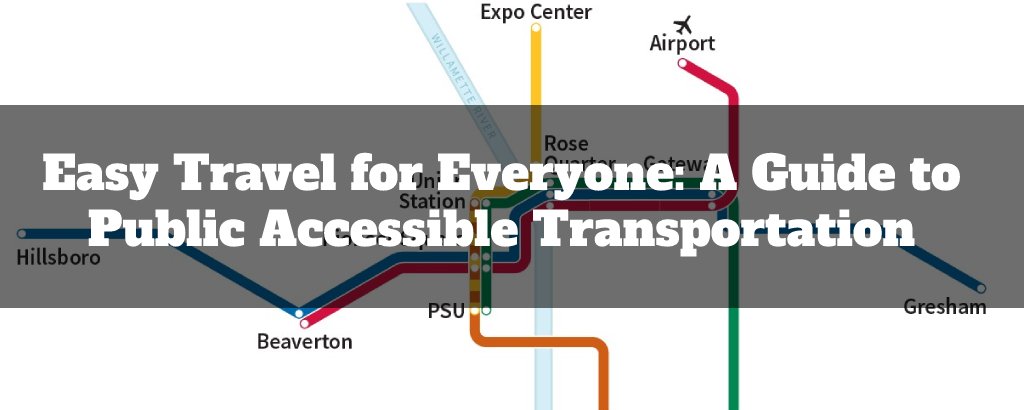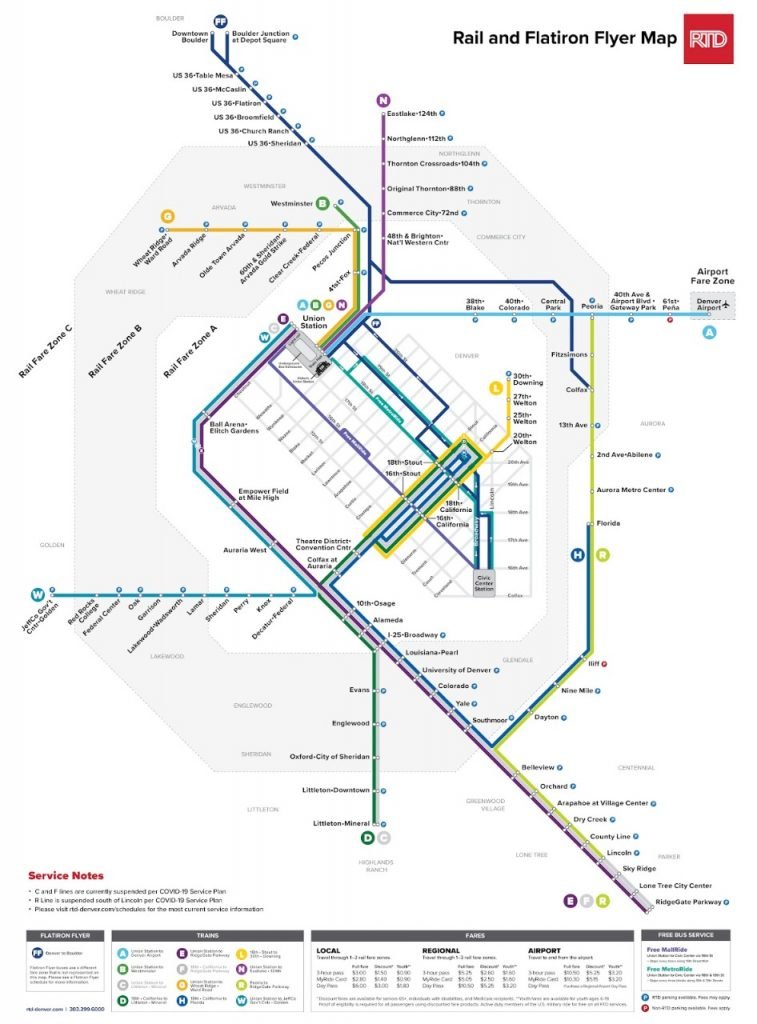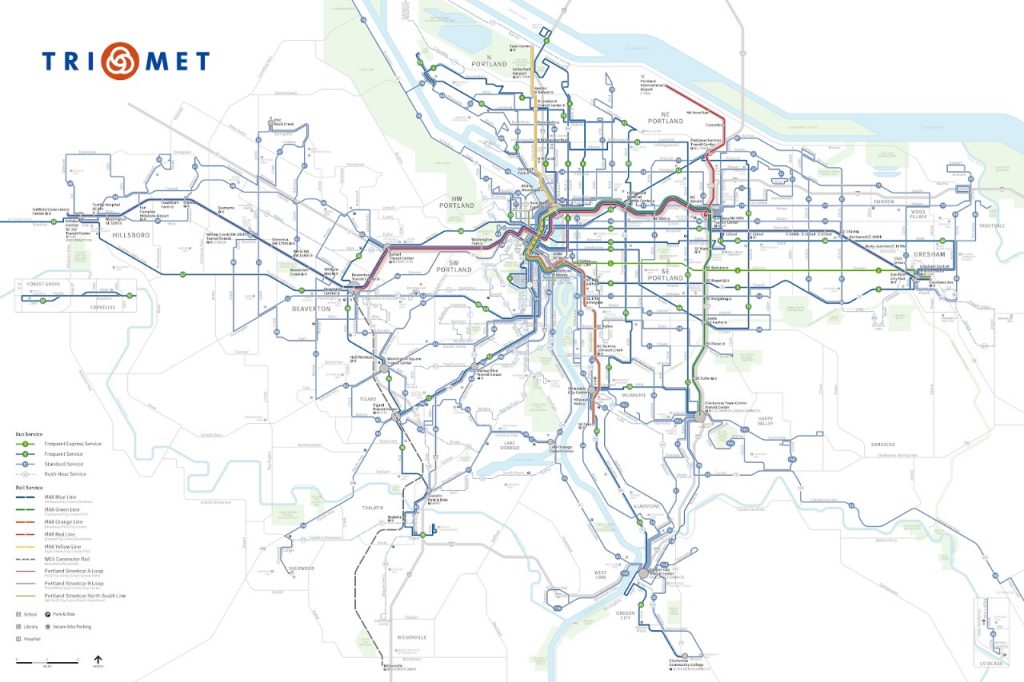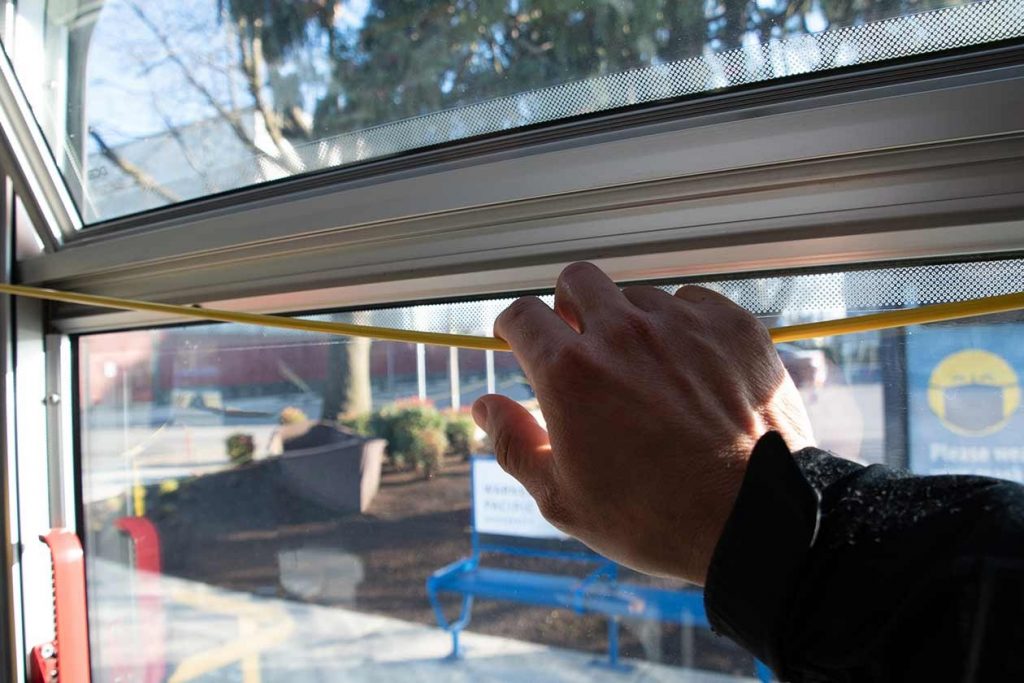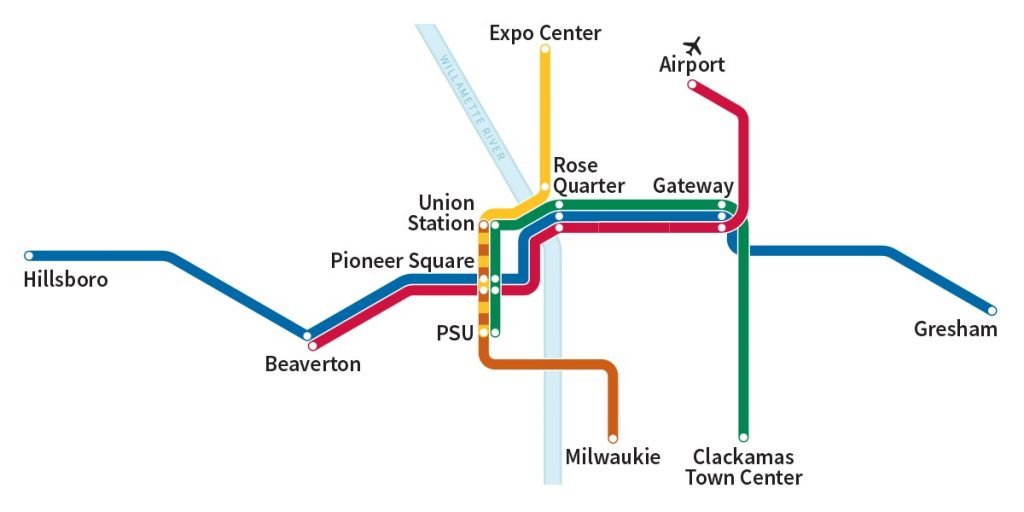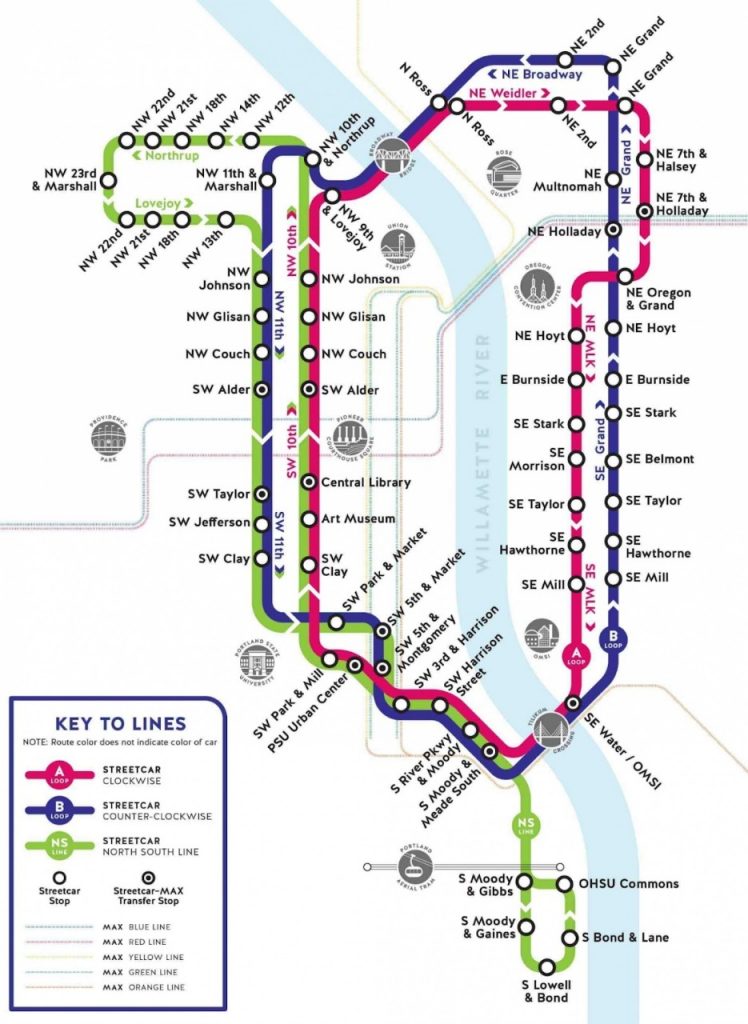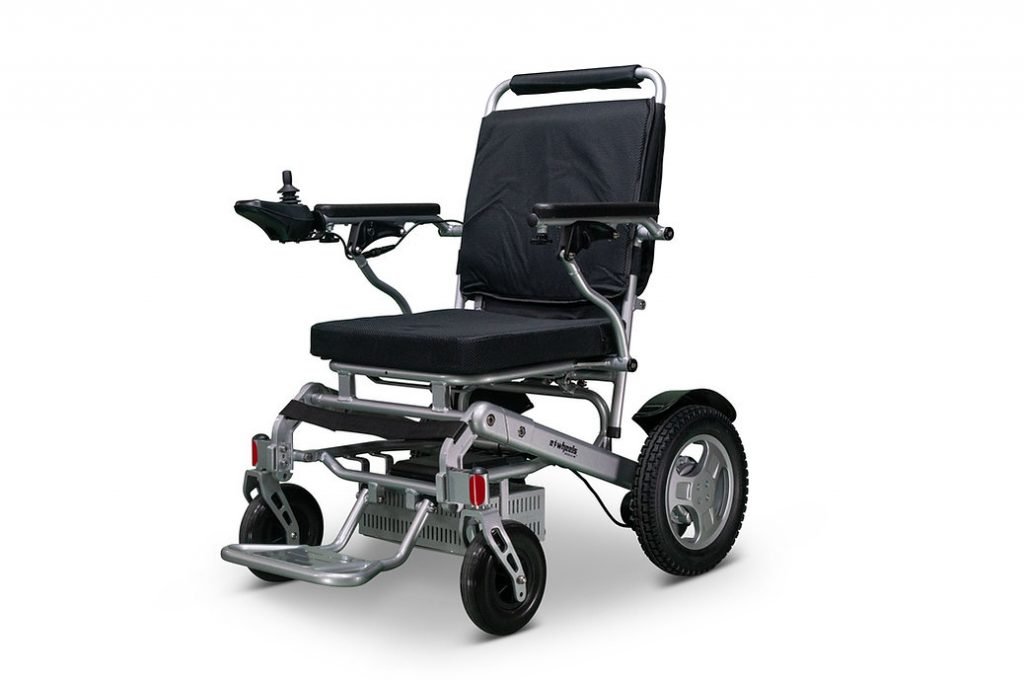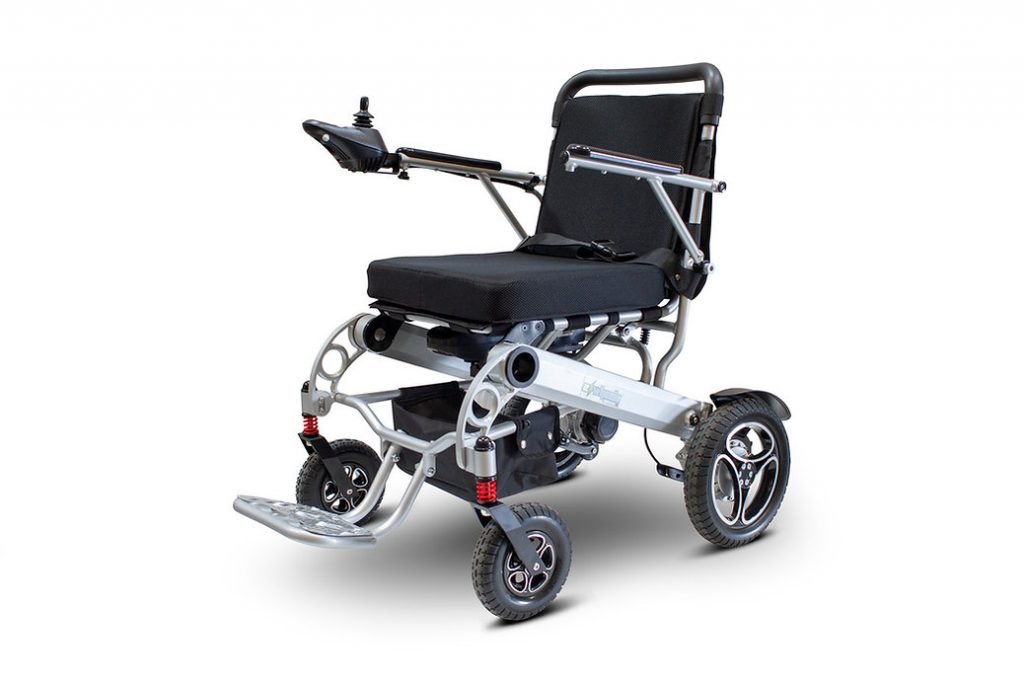Travel is not just walking around the world; for wheelchair users, it’s something more significant. But is travel via public transportation still a challenge for people with disabilities?
No, in today’s era, everything is available with a single click. I will guide you on traveling to where you want to go using publicly accessible vehicles.
Before starting, let us know more about the most accessible cities where you can travel and the worst accessible locations you might avoid.
Top Accessible Cities with the Most Convenient Public Transportation
Denver, Colorado
Denver has to be on the top of the most accessible city list. Despite being a hilly area, Denver has all the facilities that the most accessible city should have.
The height of this city, situated on hilly terrain, is almost 5,200 feet above sea level. The beautiful town has good connectivity of wheelchair-accessible public transport, which connects to airports, restaurants, and city hotels.
The city complies with the Americans with Disability Act and provides accessible areas and spacious rolling spaces for wheelchair users. Therefore, you can always travel through the streets to nearby areas.
Let’s See How we can Board a Light Rail to Travel to Places in Denver:
It’s pretty visible on the map that you can board a fully wheelchair-accessible Light Rail to travel to multiple places.
The RTD is available 365 days a year. Almost 50 station platforms are connected to the metro area. Whether it’s 2 AM or four in the morning, you can always take a Light Rail to travel to your desired destination.
Here is the schedule by the Light Rail systems of Denver:
- Union Station to Denver Airport Station
- Union Station to Westminster
- 18th & California to Littleton – Mineral Station
- Union Station to RidgeGate Parkway Station
- Union Station to Wheat Ridge Ward Station
- 18th & California to Florida Station
- 30th & Downing to 16th & Stout
- Union Station to Eastlake Station
- Peoria Station to RidgeGate Parkway Station
- Union Station to JeffCo – Golden Station
These metros are fast, comfortable, and reliable since they’ll reach you on time even if you don’t.
The rail has good connectivity towards the Denver International Airport and other hot spots in Denver, like Pepsi Center, the 16th Street Mall, and Anschutz Medical Center.
The Fair’s of the train tickets can vary between 3-11 dollars, depending upon your destination. However, there are always discounts available on tickets.
Denver Bus Services
https://www.rtd-denver.com/app/facilities?view=map
Like the Metros, the Denver bus system is operational 365 days a year. Several bus routes and more than 9K bus stops within Denver are serviceable.
The ratio of people traveling via the metro and bus is almost the same. Moreover, the bus takes you almost everywhere. Therefore, people tend to board a bus more.
Check the bus schedule before you leave, and you’re ready to go. You can simply book bus tickets through online portals and take advantage of significant discounts. However, the deals are only available for seniors aged 65+, wheelchair users, and medicare recipients.
You will notice that the bus fares are almost similar to the train fares. Therefore, you can board transportation at your convenience.
SkyRide and A Line Services
A Line and SkyRide is an accessible wheelchair-accessible travel mode, locally and internationally. This service is a complete package that is going to take you to the Denver International Airport with direct access to airline check-in, baggage check, security screening, and baggage claim. The services are easy, affordable, and reliable.
Whether you are coming from the airport or going towards the airport, the services are available on both sides. Can you imagine the cost from your location to Denver International Airport is just $10.50?
You don’t have to worry even if you miss your SkyRide bus. You’ll get another after one hour. The Schedules from Boulder and Arapahoe counties are different; therefore, confirm the departure before leaving.
Both public transportation have separate spaces to keep luggage so you can sit comfortably on your seat. The process of carrying luggage with yourself is also easy and hassle-free. Moreover, you’ll get additional guidance if you cannot do so.
Access-A-Ride
If you reside in Denver, you have an additional option to Access-A-Ride. You can simply book the ride from your location and insert your desired drop location, along with the date and time details. The only criterion is that the rider should have proof of their disability.
The taxi fares inside Denver city include Flag Drop & first 1/9 mile, which will cost around $2.50, to an extra $1.00 for every additional ride.
Portland, Oregon
Another city that has worked quite a lot on wheelchair-accessible transportation services has to be Portland. The largest city in Oregon has the smoothest cuts and curves to roll over.
It’s better to book an Uber WAV or Lyft WAV in advance (both options are available) as they might take time to reach. However, if you wish to travel by public transport, the TriMet bus system is an excellent option as it covers almost every corner of the city.
TriMet Bus
If you live in Portland, the TriMet bus service is one of the most convenient and accessible modes of transportation. Almost 84 lines are connected to various stations like Max Light Rail, Streetcar, and Portland Aerial Tram. The buses are bike-friendly and wheelchair accessible.
Before boarding a TriMet bus, ensure it’s the correct line you wish to board. The payment for each ride is made using the hop FastPass reader. The payment mode is easy and cashless.
After reaching your location, you can stop the bus by simply pulling the yellow string.
Max Light Rail
MAX Light Rail is a classic accessible train service that can always be your go-to option. MAX stands for Metropolitan Area Express and connects Portland City Center with Beaverton, Clackamas, Gresham, Hillsboro, Milwaukie, North/Northeast Portland, and Portland International Airport.
The train is fully accessible and hassle-free. The best part about the train is that there are no steps to climb and the door opens automatically.
The seats near the doors are reserved for seniors and people with disabilities. The inside coaches of the train are comfortable, spacious, and fully air-conditioned.
Before boarding the train cross check the lines and destination. The fares are not more than $2. You can make use of a full-day pass at $2.5. The fair is the same for bus and rail services.
Streetcar
The best accessible public transportation in Portland has to be Streetcars. You can book one in advance, and you are good to go.
The timings for Streetcars are pretty variable; therefore, cross-check before leaving.
The simplest way to board a Streetcar is to get a valid ticket or pass. Therefore and cashless modes for reaching access on every platform. In case the door of the Streetcar does not open automatically, press the button on the door to open it.
The Streetcar does not stop by itself, so if you’ve reached your location, push the yellow button to stop the vehicle and get off safely.
LIFT Paratransit
LIFT Paratransit services are your go-to option if you are uncomfortable boarding regular public transportation. LIFT is a shared ride service specifically for people with disabilities.
You can easily book your LIFT trip online not more than three days in advance. CARES is a tool that aids in the booking of LIFTs online.
Simply watch a tutorial before booking LIFT tickets to make your ride easy and hassle-free.
Lift covers almost every location within three-quarters of a mile of TriMet’s bus, MAX Light Rail, and TriMet’s service area. Its service is unavailable on days when other public transportation services run off. Always confirm your pick-up window before leaving your home. The pick-up window is a 30-minute duration in which you can expect your LIFT to arrive at the location.
Washington, DC
The capital, the third most wheelchair-friendly city, is accessible for wheelchair-friendly travel. Here are the most reliable wheelchair-accessible public transportation systems in DC:
Metrorail
https://www.wmata.com/schedules/maps/
One of the safest wheelchair-accessible options, Metrorail is clean and reliable. It has served almost 600K customers daily all over the District of Columbia.
There are nearly 91 stations connected to the Metrorail services, including Virginia, Maryland, and the District of Columbia.
Different colors can distinguish the different routes connected to the rail. The system’s layout is remarkable, combining two separate stations with a single transfer.
There are large Metro signs which will direct you toward the station. The entrances of the Metrorail are marked with large M boards painted in brown color. The service fare varies depending on the distance between the two stations you are traveling.
Always follow the metro signs, which will take you to the correct platform without fuss.
Metrobus
New timetables (Metro Bus Map) and services have been implemented since September 11, 2022, in the District of Columbia, Maryland, and Virginia.
Metrobus observes a Saturday Supplemental schedule quite often on weekdays. The Metrobuses are fully wheelchair accessible and are designed as per the Americans with Disabilities Act (ADA).
The buses are easy to access, cheap and comfortable. The seating inside the bus is designed per ADA.
MetroAccess
Since it’s not always easy to board public transport, MetroAccess has to be your savior. MetroAccess is wheelchair-accessible transportation that will pick you up at your doorstep. A couple of wheelchair users share the carrier. You can easily book MetroAccess with a single click within a few minutes.
All of the primary public transportation services of the District of Columbia are wheelchair accessible. They all park near the station entrances and are connected to elevators.
There are specially reserved seats for the elderly and wheelchair users. The vehicles are connected to lower-floor ramps or lifts.
Wheelchair users can easily access airports, including Reagan National, Dulles International, and Baltimore/Washington International. The airports are facilitated by the availability of wheelchair-enabled Metros and WAV. The DC offers easy access to trains connected to wheelchair-accessible elevators for public transportation.
Top Worst Accessible Wheelchair Cities:
Winston-Salem, North Carolina
Winston-Salem is the worst accessible city for wheelchair users.
There are less than a dozen bus routes in the city and no specific transit agencies or airport shuttles to the town.
According to Wallethub, the city is ranked 176th amongst 182 wheelchair-accessible cities. Moreover, the city is ranked 97th for lacking wheelchair-accessible streets and roads. However, the city has experienced a few changes over the past years.
Improvements have made the city more wheelchair accessible, including the opening of Malloy Park, specifically designed for people with disabilities.
New York City
New York (find the maps here) is massive and one of the most diverse cities in the United States. Despite being so advanced and tech-oriented, it failed in wheelchair accessibility. Public transportation is the worst. A few years back, a statement by Blair-Goldensohn in the New York Times stated that “New York Has a Great Subway if You’re Not in a Wheelchair.”
The wheelchair-accessible buses of New York do not run after a particular period. The reason for the same is that only 25% of the total subway stops in New York are wheelchair accessible. Therefore, you cannot dare to take the subway.
Moreover, only 92 stations, amongst a total of 425 stations connected to the subway, are wheelchair accessible, which can only be used when the elevators are fully functional.
The paratransit services of New York are the worst since Access-A-Ride is nonoperational late at night.
Booking an Uber WAV or Lyft WAV
If you cannot find any suitable public transportation at your place and wish to book a private taxi, then Uber and Lyft should be your go-to options.
Steps to book a WAV include:
Step-1 Download the application from the app store.
Step-2 Add your drop location and select the ‘wheelchair-accessible vehicle (WAV)’ option.
Step-3 Press the ‘book a ride option,’ which will help you to connect with a nearby wheelchair-accessible vehicle.
Now, let me help you to grab the best wheelchairs you can use while exploring multiple places. Being a wheelchair user, you should not compromise on quality and durability, especially when you are a travel lover.
Best Wheelchairs You Could Use for Your Travel
M45
Since electric wheelchairs are in trend, you cannot miss out on some robust wheelchairs that will enhance your travel experience. EW-M45 is a powerful wheelchair with the ability to fold. It is the best choice for people who wish to have a versatile and durable chair that can keep up with their active lifestyle.
While traveling, you should carry a foldable wheelchair that is light in weight. Therefore, you cannot go wrong with this pick. You’ll also get several features, including adjustable armrests, a comfortable seat, a backseat pocket, and powerful dual motors. So whether you’re out on a hike or venturing around, the EW-M45 will get you where you need to go.
M43
The EW M43 Folding Power Wheelchair is the perfect pick for all wheelchair users looking for an affordable, lightweight, airline-approved folding power wheelchair. We understand that it’s hard to carry heavy wheelchairs while traveling, but this is one of the lightest folding electric wheelchairs available on the market. At 56 pounds, this wheelchair can easily fold and be transported, making it the perfect choice for those who are always on the go.
The built-in motor provides up to 4 miles of range, making it best for short trips and comfortable tours. Therefore, grab it before you plan your next trip.
Frequently Asked Questions
What does accessible travel mean?
For people using wheelchairs, it has been difficult to travel without assistance, but with the changing era, they are no longer bound to seek help.
Accessible travel is the ability of wheelchair users to travel without additional human assistance. They take the help of special facilities available inside private and public transportation systems.
What are the different types of accessibility?
Accessibility is whether everybody, including people with disabilities, can use a tool or a product. The accessibility issues can be related to more than just mobility.
Other accessibility issues include visual, auditory, and cognitive barriers.
How accessible is public transportation in the US?
In the United States, several cities are fully accessible, with exceptional transportation providers and paratransit service options.
More than 11% of the people in the United States have a disability. Therefore, the government has aided a lot. Most of the public transportation systems have separate facilities for differently abled individuals.
How do you catch a bus in a wheelchair?
Most of the buses in the United States have fixed-route service stations. They have equal access to standard and differently-abled individuals. Therefore, verify the terminals and bus stops where the bus starts and stops.
The buses are equipped with wheelchair ramps and padded seats facing backward, majorly for wheelchair users.
How can accessibility be improved on public transportation?
The public transportation service has improved a lot over the past years. Understanding that wheelchair users need separate and reserved spaces to settle in the bus and recognizing that differently-abled customers use transit services can help.
What does ADA stand for in transportation?
ADA stands for the Americans with Disabilities Act, introduced in 1990 and enforced in 2008. Most Americans supported this act, and the Chicago transit authority claimed to do the necessary planning to avail better facilities for wheelchair users.
